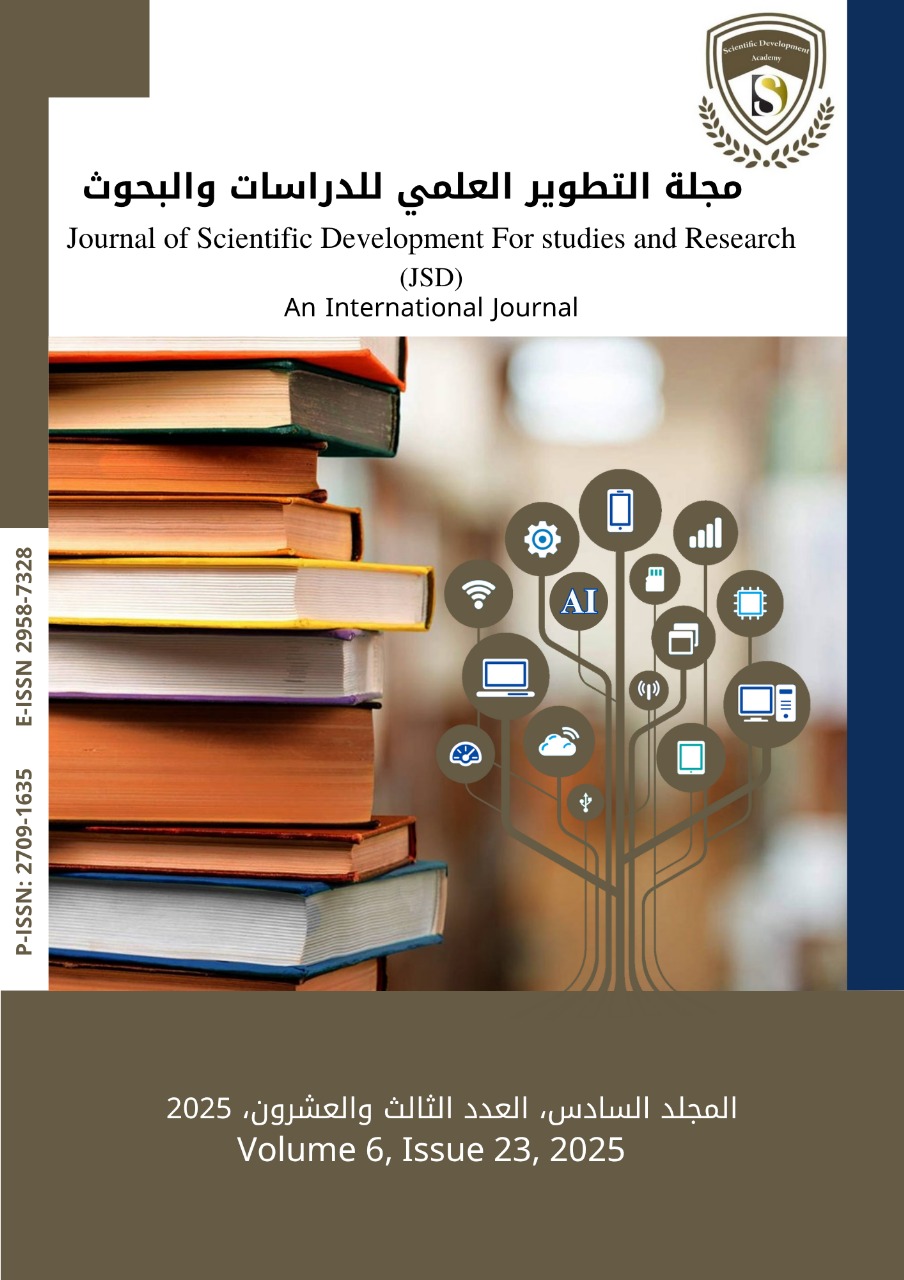Islamic monuments during the Fatimid era
DOI:
https://doi.org/10.61212/jsd/290Keywords:
Fortresses., Mosques, Egypt, Islamic MonumentsAbstract
The Fatimid state emerged in Egypt in the second half of the 4th century AH. From that time, the Islamic East was divided between two great caliphates: the Sunni Abbasid Caliphate in Baghdad, and the Shiite Fatimid Caliphate in Cairo. The Fatimid Caliphate remained strong and awe-inspiring until the first half of the reign of Al-Mustansir Billah (427–487 AH). During his rule, the Fatimid authority extended over the Levant, Palestine, the Hijaz, Sicily, and North Africa. His name was proclaimed from the pulpits of lands stretching from the Atlantic Ocean in the west to the Red Sea in the east, and even in Baghdad itself, the Abbasid capital, for nearly a year.
However, Al-Mustansir’s era itself carried within it the seeds of weakness and decline, containing factors of disintegration and collapse. Egypt suffered during his reign from a devastating famine accompanied by deadly plagues, which historians have called “Al-Shiddah al-‘Uzma” (the Great Calamity) or “Al-Shiddah al-Mustansiriyyah.”
The Fatimid state remained independent for more than two and a half centuries (297–567 AH), leaving a significant impact on Islamic history in general and on Egyptian history in particular, especially in terms of monuments and architectural advancement. For this reason, the Fatimid period is considered Egypt’s golden age, in which Islamic art reached its full development. Egyptian artists left behind many monuments and artifacts that stand as testimony to their craftsmanship.
Hence, this study has been titled: “Islamic Monuments in the Era of the Fatimid State.”
Downloads
Published
Issue
Section
License
Copyright (c) 2025 Journal of Scientific Development for Studies and Research (JSD)

This work is licensed under a Creative Commons Attribution 4.0 International License.




























